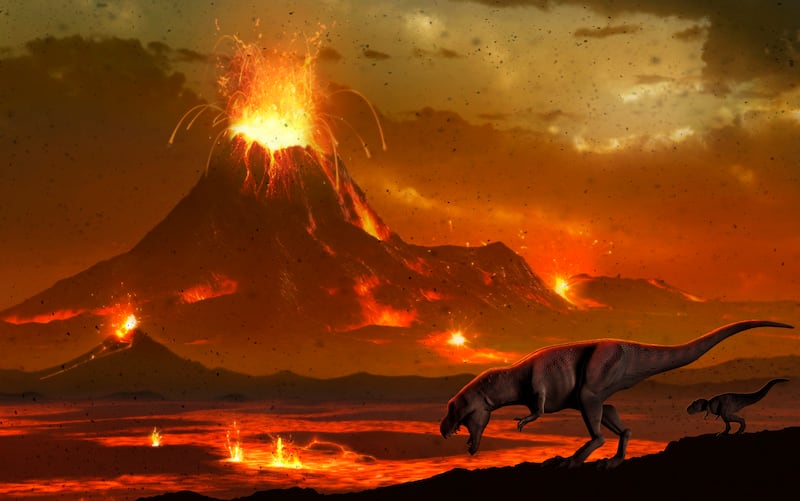Perhaps the world's most famous dinosaur, Tyrannosaurus rex, may have been one of three distinct species that were wiped out following a meteorite strike 66 million years ago, a study has claimed.
Tyrannosaurus rex, meaning “tyrant lizard king”, may have evolved from a newly identified species that researchers are calling imperator, or “emperor”, alongside a slimmer, speedier version called regina, or “queen".
The US team came to their conclusions based on examinations of the remains of 37 specimens.
They found differences in the size of the thigh bones and the number of teeth in different specimens and concluded that Tyrannosaurus regina may have evolved into a version of the predator that was able to catch swifter prey.
The claim adds a fresh twist to the story of T-rex, which was first discovered in 1905 and became well known for its exceptional size and suspected hunting prowess.
It was the only gigantic predator roaming western North America at the time of the asteroid strike in what is now Mexico’s Yucatan Peninsula, which doomed the dinosaurs and wiped out up to 80 per cent of life on Earth.
Palaeontologist Gregory Paul wrote in a study in the journal Evolutionary Biology that the species may have evolved further if not for the asteroid strike.
“It is a concern that this will be controversial because of the charismatic status of T-rex, but on the other hand, the study would not be getting so much attention otherwise,” Mr Paul told Reuters.
His conclusions have been disputed by other palaeontologists who say the variations are too minor to categorise them as three separate species.
“It's hard to define a species, even for animals today, and these fossils have no genetic evidence that can test whether there were truly separate populations,” said University of Edinburgh paleontologist Steve Brusatte.
“Until I see much stronger evidence, these are all still T-rex to me, and that's what I'll be calling them.”
In his study, Mr Paul did not rule out that the differences were owing to “extreme individual variation”.
But he likened the changes to the split 1.5 million years ago that led to lions and leopards being classified as different species.






